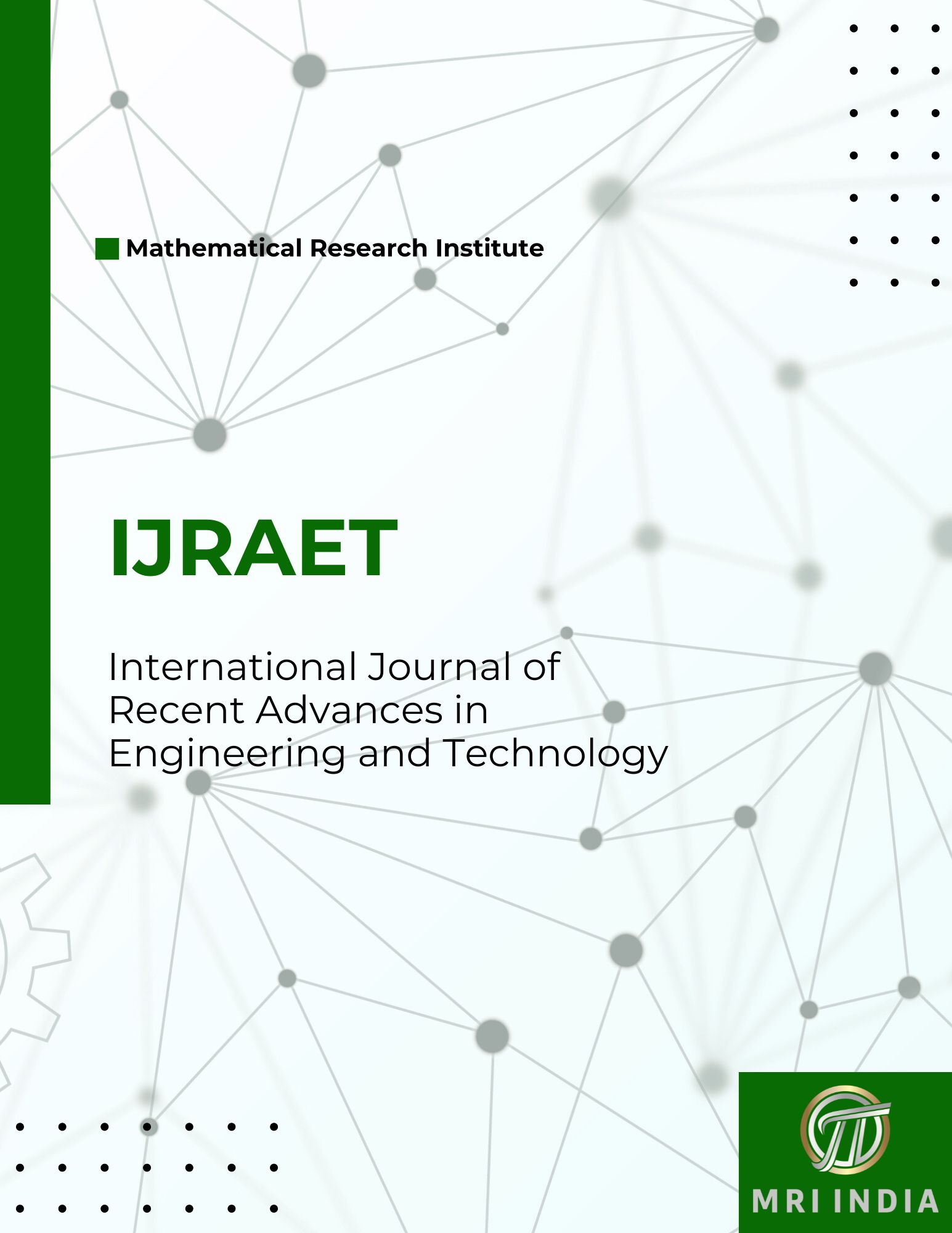Groundwater Recharge Techniques – A Case Study
Main Article Content
Abstract
Artificial groundwater recharge is the process of intentionally replenishing groundwater through human interventions. It involves planned activities aimed at increasing groundwater availability by enhancing the natural infiltration or percolation of surface water into aquifers through engineered structures. The primary objective of artificial recharge is to augment groundwater storage by modifying the natural flow of surface water using appropriate infrastructure.
This well-structured approach facilitates groundwater replenishment, improving water availability for various purposes. The movement of water from the surface into subsurface areas is a crucial hydrological process that enhances the groundwater table. This downward movement of water is referred to as groundwater recharge, deep drainage, or deep percolation.
Groundwater recharge can occur naturally or through artificial methods involving human-induced processes. Understanding and implementing effective recharge techniques are essential for sustainable groundwater management.
Downloads
Article Details

This work is licensed under a Creative Commons Attribution-NoDerivatives 4.0 International License.
